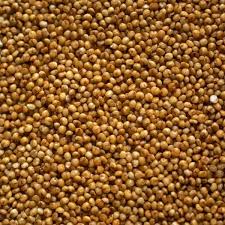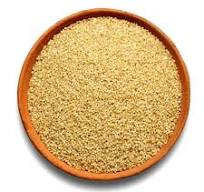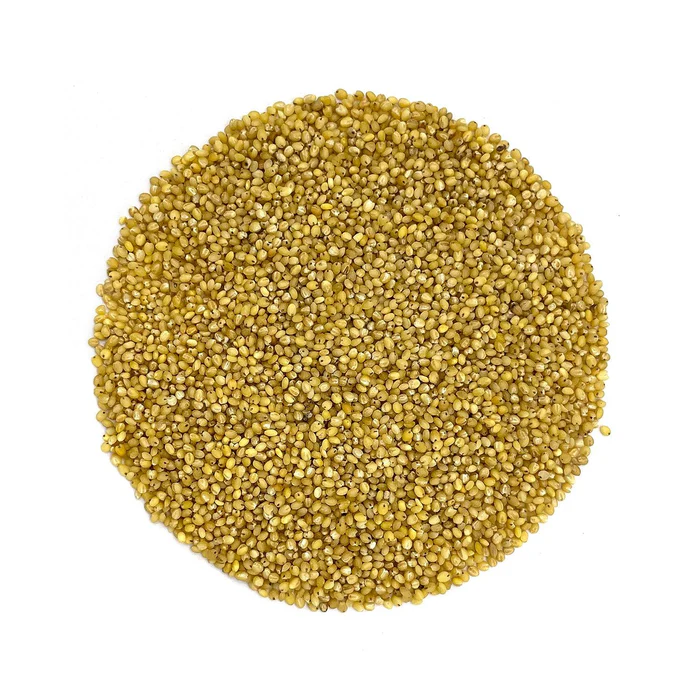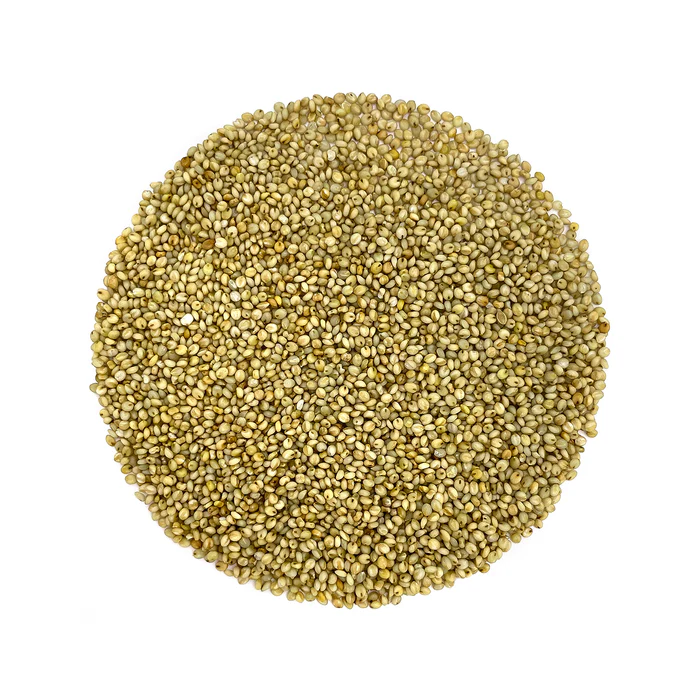Last updated on: December 21, 2024
The Challenges with Traditional Staples
In India, wheat and rice have been staples for generations, forming the backbone of our diets. However, over time, the quality of these grains seems to have changed, and this shift has had noticeable effects on health. I, like many others, began experiencing discomfort after meals—bloating, gas, and a persistent feeling of laziness and lethargy. The most troublesome was the noise from my stomach and the overall lack of energy despite eating wholesome meals. This left me wondering if my body was rejecting the very staples I grew up eating.
The Turning Point: Exploring Millets
After much contemplation and research, I decided to change my diet and incorporate millets, an ancient grain that has been part of our ancestral diet but lost prominence over time. Millets, known for their nutritional benefits, come in several varieties. Among them, five key types stood out: Kodo, Kutki, Kangni, Hari Kangni, and Swank.
Kodo Millet

Kutki Millet

Swank Millet

Kangni Millet

Hari Kangni Millet

Interestingly, I discovered that in my region, Kodo millet was a staple food for our ancestors. Inspired by this heritage, I decided to reintroduce it into my meals.
My Experiment with Millets
Switching entirely to millet was not easy. Millets lack gluten, making it challenging to work with their flour, especially for making rotis or chapatis. To ease the transition, I devised a strategy: mixing millet flour with wheat flour. I started with a 70:30 ratio of wheat flour to Kodo millet flour, a balance that ensured ease of preparation while allowing me to reap the benefits of millets.
This combination worked well for me. The dough was manageable, and the rotis turned out soft and tasty. Gradually, I also tried other millet varieties but found Kodo millet to be the most palatable. Its earthy taste and texture complemented my meals perfectly.
The Positive Changes
The results of incorporating millet flour into my diet were nothing short of transformative. Here are the key benefits I experienced:
1. Improved Digestion
The first noticeable change was the disappearance of bloating and gas. My digestive system felt lighter and more efficient. The high fiber content in Kodo millet played a significant role in this improvement. Regular bowel movements became the norm, and constipation was no longer a concern.
2. Increased Energy Levels
Switching to millets revitalized my energy levels. Instead of feeling sluggish after meals, I felt rejuvenated and ready to tackle the day. The slow-releasing sugars in millet provide a steady energy supply, unlike the sugar spikes and crashes often associated with refined wheat and rice.
3. Feeling of Satiety
Millets are incredibly filling. I noticed that my meals left me feeling satisfied for longer periods, reducing the urge to snack frequently. This change was a welcome bonus, as it helped me maintain a more balanced diet without overindulging.
4. Enhanced Overall Well-being
Beyond the physical benefits, switching to millets had a positive impact on my mental well-being. Starting the day feeling good and energetic set the tone for better productivity and a brighter mood.
Why Millets Work
Millets are a powerhouse of nutrients. They are rich in dietary fiber, essential minerals like magnesium and phosphorus, and antioxidants. Unlike polished rice or refined wheat, millets retain their bran and germ, making them a wholesome option. Additionally, their low glycemic index makes them suitable for managing blood sugar levels, an added advantage for anyone looking to maintain a healthy lifestyle.
Tips for Incorporating Millets into Your Diet
- Start Small: Begin with a mix of millet and wheat flour to ease the transition.
- Experiment with Varieties: Try different millets to find the one that suits your taste and body.
- Learn the Techniques: Cooking with millets may require some adjustments. For instance, you might need to tweak water proportions when kneading dough.
- Incorporate Gradually: Besides rotis, you can use millets in porridge, upma, or even baked goods.
Reflecting on the Journey
Switching to millets has been a rewarding experience for me. It not only addressed the health issues I faced but also reconnected me with a part of our culinary heritage. This journey has reinforced the importance of listening to our bodies and adapting our diets to meet changing needs.
The problems I faced with wheat and rice may resonate with many others who struggle with digestion issues or energy slumps. My advice is simple: don’t hesitate to explore alternatives. Millets have stood the test of time and offer a treasure trove of health benefits that modern staples often lack.
Conclusion
The shift from wheat and rice to millets might seem daunting initially, but the health benefits are undeniable. By making this small yet significant change, I’ve found a sustainable way to nourish my body and improve my quality of life. If you’re experiencing similar health concerns, why not give millets a try? You might just discover a solution that not only heals but also enriches your life.